Svalbard’s Lonely Whaler Graves Included Burial Kits With Pieces of Distant Homes
For centuries, the cruel industry decimated entire whale species—and claimed countless human lives. Whalers arrived prepared for their own deaths.

On the morning of July 29, 1693, a fleet of five dozen Dutch and Danish whaling ships assembled in Smeerenburgfjorden (literally “blubber town fjord”) in the northwestern portion of the Svalbard Archipelago. The Dutch and the Danes, alongside the English, had made their mark on the desolate and isolated islands at the top of the world since the early 17th century. The whalers’ impact lives on today in local toponyms: Fairhaven, Dane Island, English Bay, and Amsterdam Island. These hard men had left their homes and sailed for weeks to the Arctic seas hunting for one thing: bowhead whales. Initially, the whalers used processing plants on shore—great blubber ovens where oil could be rendered, as well as barracks and storehouses. But, as technology improved—and the animals sought safety further from land—the whalers began processing the captured whales at sea.
The cruel industry was also a dangerous business for humans. Wars between European powers often spilled over to the remote archipelago and pitched battles between whaling crews of rival nationalities were not unknown. Death and danger were constant companions in the frozen wasteland.
Arguably, the greatest danger was the sea ice. As the summer season ended and the days shortened, the ice would move inexorably down from the north, closing off the fjords and inlets one by one. Any ship and crew trapped in the ice received an effective death sentence in the darkness and freezing temperatures of the long Arctic winter.

The Dutch and Danish crews lying at anchor in Smeerenburgfjorden in the summer of 1693 were eager to avoid this fate and return home safely, their holds bursting with whale oil. They had gathered to form convoys, the ships protecting each other against potential enemies. At that time, for the Dutch whalers at least, the most fearsome of these enemies was the French King Louis XIV, who was at war with the Netherlands. Unbeknownst to the Dutch, Louis had in fact despatched a fleet of French warships to Smeerenburg with clear instructions to his commander, M. de la Varenne: “His Majesty wants that he burns or sinks, without any exception, all the ships which fly the British, Dutch, or Hamburg flags.”

As the Dutch and the Danes prepared to leave, the French fleet arrived. They carried out their king’s command to the letter, burning, sinking, capturing, and killing. Whalers who had survived the harsh Arctic now fell to French steel and shot. The surviving whaling crews were left to pick up the pieces and bury their dead.
They would not be the first funerals around Smeerenburgfjorden. In fact, beyond safety in numbers, Dutch, Danish, and English whaling crews gathered in the fjord at the end of each summer, before returning home, to bury those friends and companions who had not survived the season.
There were three significant cemeteries located near the fjordside settlement of Smeerenburg: The largest was on Ytre Norskøya (Outer Norway Island) and another at Jensenvannet, and the third on the aptly named Likneset (Corpse Point). Most of the graves in these cemeteries contain simple pine coffins with the deceased whalers laid inside on a layer of sawdust, wrapped in blankets. The men sometimes had pillows placed under their heads, perhaps their shipmates’ last gesture, to offer some comfort on their final journey. The causes of death varied: violent brawls, accidents, drowning, exposure, or scurvy, an ever-present threat thanks to their low-nutrition diet of hardtack and salted meat. Ironically, whale blubber is a good source of vitamin C, but the whalers did not consider the animals they slaughtered for oil to be edible.
The graves were dug as deep as the permafrost allowed and protected by cairns of stone from scavenging Arctic foxes and Svalbard’s sizable polar bear population. Markers were usually nothing more than simple wooden crosses.
The frozen graves were ideal for preserving organic materials, and archaeologists have found near-complete sets of 17th-century clothing. The deceased wore a mixture of wool and linen items, including knitted stockings and an indigo-dyed jacket with openings cut under each sleeve to allow the whaler freer movement in the tight-fitting garment.
Perhaps the most poignant discoveries in some of the graves were small amounts of mosses not native to Svalbard. The plant material had been brought by the whalers themselves from their respective homelands as part of what amounted to burial kits. The kits also included good-quality timber for coffins and even fabric for lining their final bed. The whalers knew they might never return home, but did what they could to ensure they would have a decent burial—including bringing a piece of home with them.
The whaling industry on Svalbard decimated the population of bowhead whales in the region, and sent countless men to their deaths in the interest of keeping the lamps of Europe burning. And by the end of the 18th century, whaling ships spent whole seasons on the hunt without seeing any whales at all. In the words of the Norwegian explorer Fridtjof Nansen: “Little by little they killed off the whales and they all disappeared—and winter reclaimed the land as its own.”
Today, bowhead whale numbers around the archipelago remain concerningly low but the animals, officially designated as an endangered species, enjoy protections that past populations did not have. All that remains of the whalers are the islands’ place names, the ruins of their abandoned stations, and stone cairns marking their resting places, including the mossy pieces of a home they would never see again.
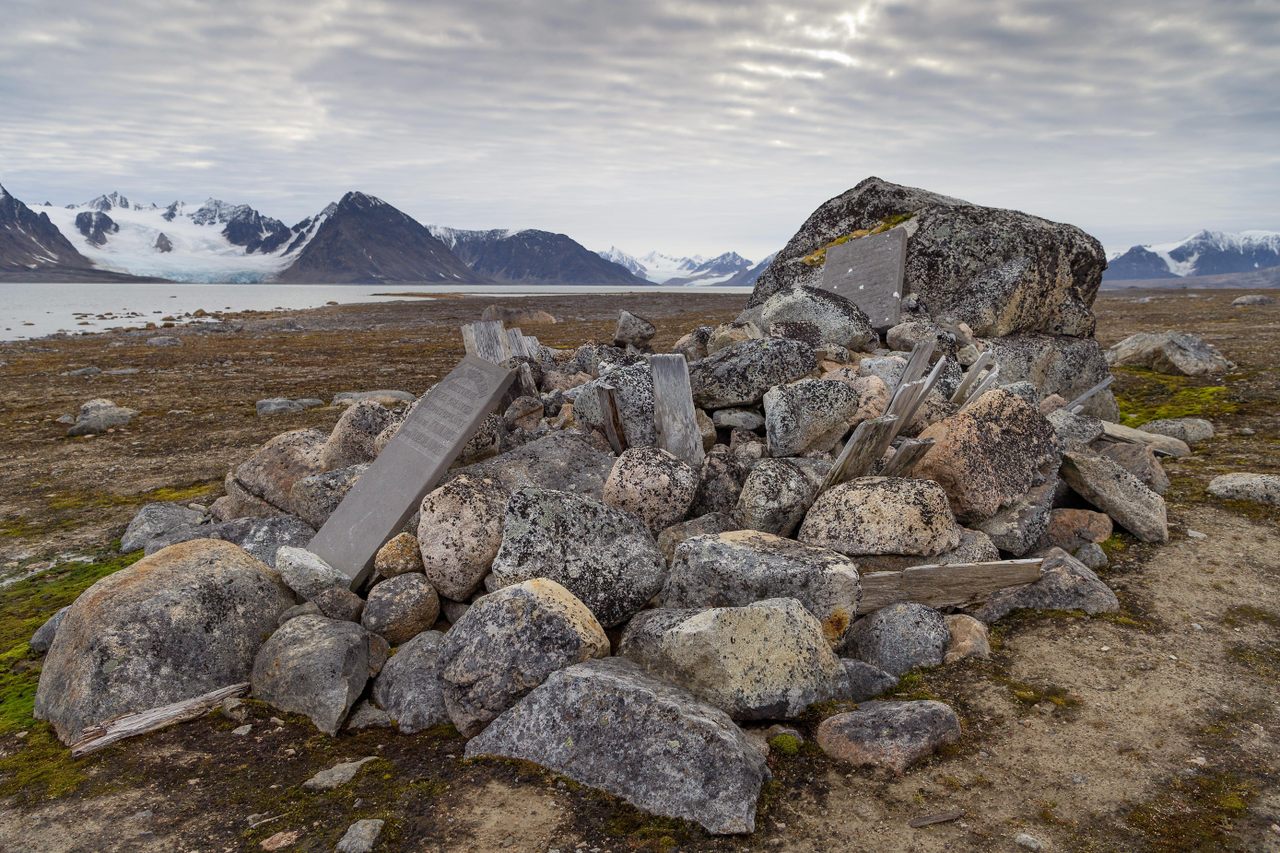

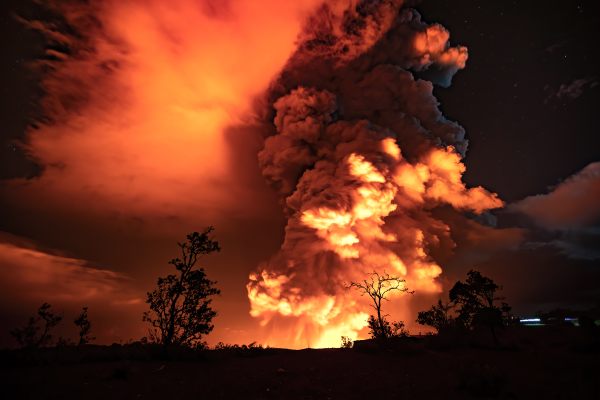


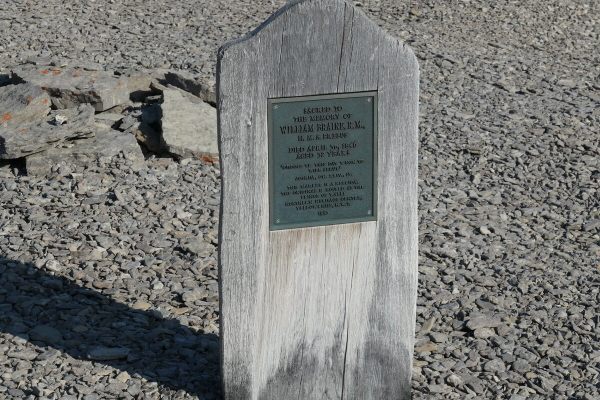
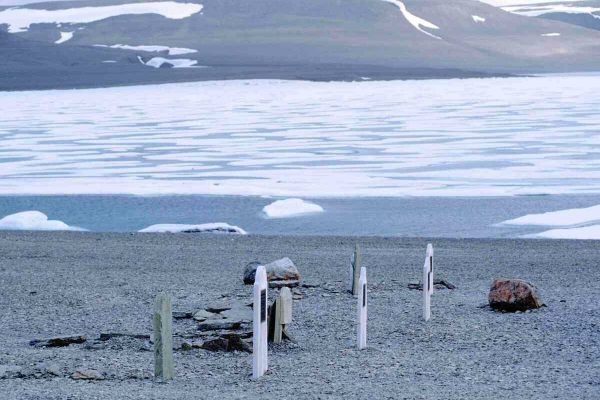





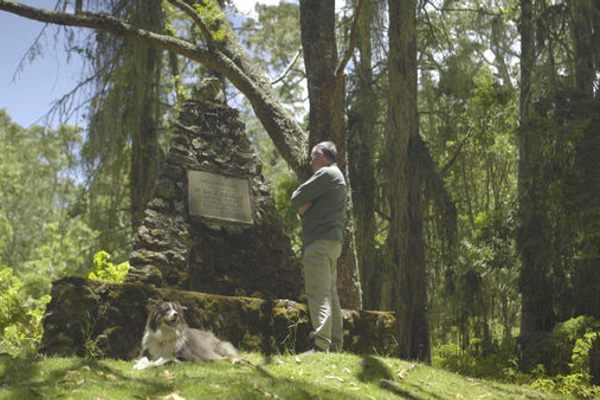


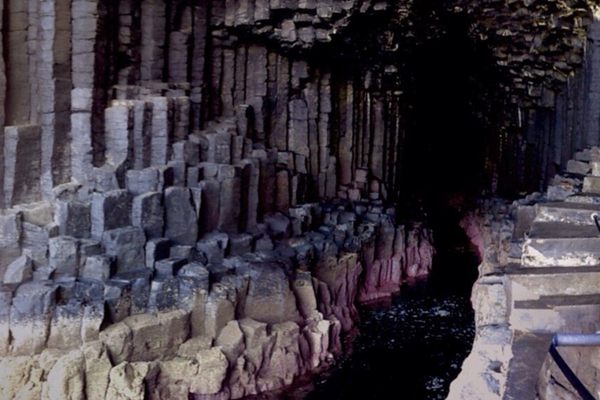














Follow us on Twitter to get the latest on the world's hidden wonders.
Like us on Facebook to get the latest on the world's hidden wonders.
Follow us on Twitter Like us on Facebook